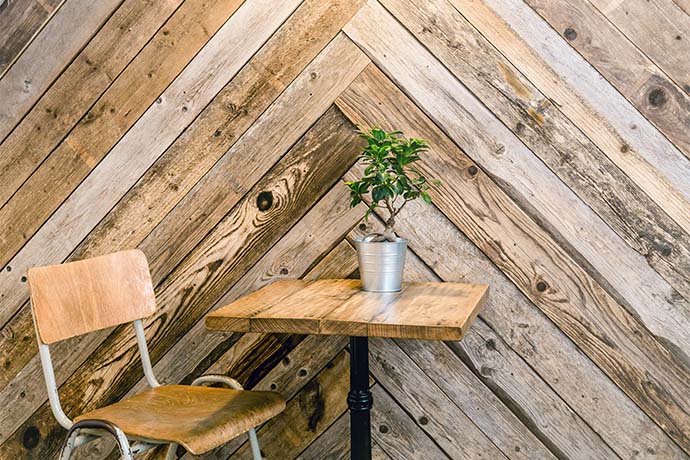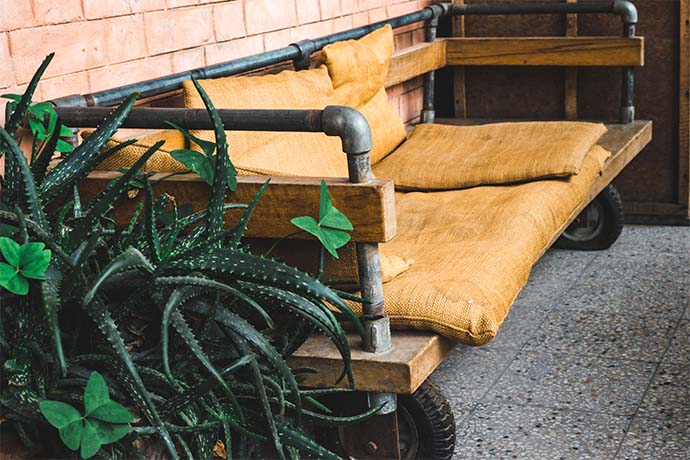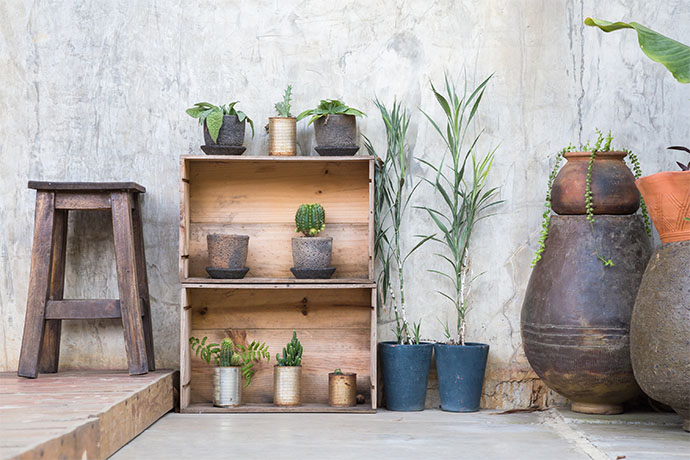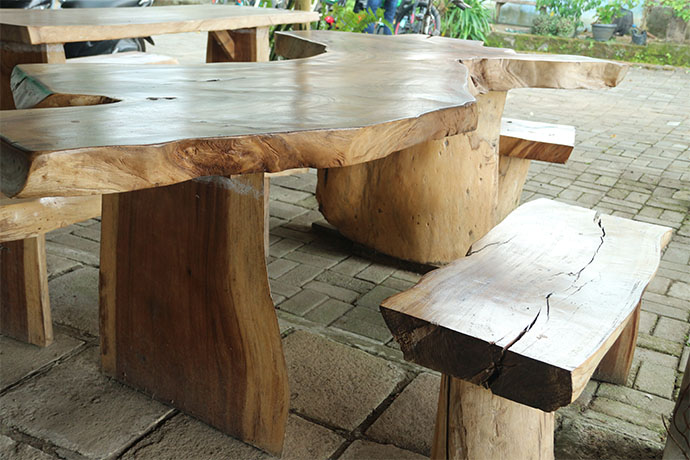February 03, 2025
True luxury is about more than just opulence. It’s about creating spaces that stand the test of time, both in beauty and in impact. Sustainable luxury combines exquisite design with a deep respect for the environment, proving that style and responsibility can coexist harmoniously. Here’s how you can craft interiors that reflect your personal taste while honoring the planet; reducing waste without sacrificing style.
Understanding Sustainable Luxury

Defining Sustainable Interior Choices
Sustainable luxury is really about intentionality. It’s selecting materials and designs that respect the planet while delivering high-end aesthetics. From responsibly sourced woods to innovative recycled materials, every choice is an opportunity to choose quality without compromise. All it takes is a little extra time and attention to the choices you make when designing your renovation.
A sustainable interior reduces environmental harm, limits waste, and champions renewable resources– all while being visually breathtaking. And it’s less expensive than you might think!
Embracing Eco-Responsibility in Design
As mentioned, real eco-responsibility in interiors starts with design. Choose layouts and materials that support energy efficiency, prioritize renewable resources, and minimize waste. Think in terms of thermal-efficient window placements, high-quality furniture built to last, and the use of renewable materials like bamboo or reclaimed timber.
Sustainability doesn’t mean limiting creativity, but rather, embracing it! It means designing with mindfulness and purpose. How can old materials be used in new ways? How can a home renovation be done without creating major amounts of waste and draining natural resources? Thanks to the increase in awareness around sustainability in the interior design industry, there are more options now than ever.

Identifying Certified Wood Origins
Wood remains a timeless material for custom interiors, but it’s crucial to source it responsibly. When buying sustainably sourced wood, look for certifications like the Forest Stewardship Council, which verifies that wood is harvested sustainably and ethically. The Programme for the Endorsement of Forest Certification, or the PEFC, promotes forest regeneration and preservation.
By ignoring sustainably sourced wood certifications, you may be contributing to deforestation, which harms ecosystems, displaces wildlife, and accelerates climate change. Unsustainable logging practices can also lead to poor soil quality, loss of biodiversity, and the depletion of resources that future generations will need. These certifications guarantee that the wood you’re using supports healthy forests and ethical practices.
Selecting Durable, Regenerative Species
Opt for wood species that regenerate quickly and endure wear and tear, such as:
-
Bamboo: Technically a grass, bamboo grows rapidly and is incredibly strong, making it an excellent flooring and furniture material.
-
Reclaimed hardwood: Salvaged wood from old buildings and furniture offers unique character while reducing deforestation.
-
White Oak: Durable, versatile, and naturally resistant to moisture. Perfect for floors and cabinetry.
Choosing long-lasting species reduces the need for replacement, contributing to a lower environmental footprint.
Incorporating Eco-Friendly Materials

Recycled Metals for Refined Style
Recycled metals, like aluminum and brass, add an industrial-chic edge to interiors while being eco-friendly. These materials can be used for custom furniture frames or decorative accents like lighting fixtures and handles.
Recycled metals require less energy to process compared to raw materials, making them a sustainable and stylish choice. Plus, they tell a unique story that adds character and charm to any space.
Low-VOC Finishes for Healthier Homes
Many traditional paints, stains, and finishes release volatile organic compounds (VOCs) into the air, which can harm indoor air quality. Opt for low-VOC or VOC-free alternatives to maintain healthier living spaces.
Brands offering sustainable finishes often use plant-based oils and natural pigments that align with both health and sustainability goals.
Steps to Sustainable Home Remodeling

Evaluating Existing Materials’ Impact
Before starting a remodeling project, evaluate the materials already in your home. Can anything be reused or repurposed? What if you repurposed old hardwood flooring into shelves or furniture? You might consider refinishing existing cabinetry instead of replacing it. A little creativity can minimize waste and save you money, too.
Partnering with Eco-Conscious Suppliers
Work with suppliers and craftsmen who share your commitment to sustainability. Ask about their material sourcing practices, certifications, and manufacturing processes. A partnership with eco-conscious professionals ensures every element of your project aligns with what you value most.
Balancing Elegance and Ethics

Investing in Timeless, Green Elements
Prioritize timeless designs and sustainable materials that won’t go out of style. High-quality pieces made from responsibly sourced materials are an investment in beauty, durability, and the planet. For example, solid wood furniture in classic designs can last generations with proper care.
Designing Spaces for Long-Term Value
Create adaptable spaces that accommodate future needs. Modular furniture, neutral color palettes, and multifunctional layouts ensure your home remains practical and beautiful as lifestyles change. This approach reduces waste over time, adding both financial and environmental value.
The home renovation industry is often surprisingly wasteful, contributing to mountains of discarded materials, excess energy use, and a heavy toll on our environment. From outdated appliances to demolished walls, many projects leave behind more than just dust and debris– they leave a lasting environmental footprint.
But here’s the good news: there’s a real opportunity to flip the script. By making conscious choices, you can turn your home renovation into a chance to create a space that’s sustainable for generations to come. From using recycled materials to choosing energy-efficient systems, your decisions can dramatically reduce your lifelong impact on the planet. By rethinking how we build for the future, we can create spaces that reflect responsibility, care, and a deep respect for the world around us.
Ready to elevate your home or business? Contact Joseph A. Interiors today for unparalleled craftsmanship tailored to your needs.



